Written warning appeal letter template
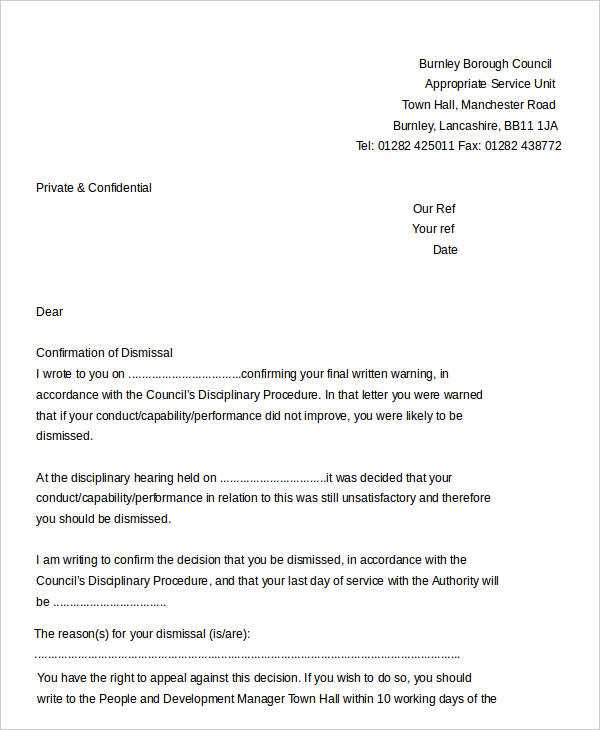
Begin by addressing the letter to the relevant authority, such as your manager or HR representative. Clearly state the purpose of your letter: to appeal the written warning you received. Use a respectful and professional tone, acknowledging the warning while providing context for your appeal. Mention any misunderstandings or mitigating factors that may have led to the warning.
Next, outline any supporting evidence that backs your position. This could include documentation, emails, or records that show your side of the situation. Be specific and factual, avoiding emotional language. Focus on presenting a clear, concise argument that demonstrates your commitment to improvement.
Conclude the letter by expressing your willingness to cooperate and improve based on the feedback provided. Reaffirm your desire to continue working productively within the company. Make sure to thank the recipient for considering your appeal and leave the door open for further discussion, if needed.
Written Warning Appeal Letter Template
To appeal a written warning, focus on addressing the issue respectfully, providing context, and suggesting constructive solutions. Your letter should be clear, polite, and to the point. Start by acknowledging the warning, then explain why you believe it was unfair or a misunderstanding. Offer any additional facts or circumstances that may have been overlooked. Lastly, express your commitment to improving and working collaboratively.
Key Points to Include in Your Appeal
| Section | Details |
|---|---|
| Introduction | State the date you received the warning and briefly mention the reason for the appeal. |
| Explanation | Describe your side of the situation, including any misunderstandings or missing context. |
| Supporting Evidence | Provide any documents, witness statements, or facts that back up your claims. |
| Commitment to Improvement | Explain how you plan to address the issue and prevent it from happening again. |
| Conclusion | Politely request the warning be reconsidered or reduced, emphasizing your commitment to positive change. |
Sample Appeal Letter
Dear [Manager’s Name],
I am writing to formally appeal the written warning I received on [Date]. I understand the reason for the warning was [specific issue], and I want to address this situation to clarify my actions.
On [date of incident], [describe the events leading to the warning]. However, I believe there was a misunderstanding regarding [explain any circumstances or facts that may have been overlooked]. I have attached [evidence, if applicable] to provide more context to the situation.
I am committed to improving my performance and ensuring this issue does not arise again. Moving forward, I will [outline your plan for improvement]. I genuinely value my role here and am eager to contribute positively to the team.
Thank you for your time and consideration. I look forward to discussing this further and hope we can reach a fair resolution.
Sincerely,
[Your Name]
How to Address the Letter: Correct Salutation and Formatting
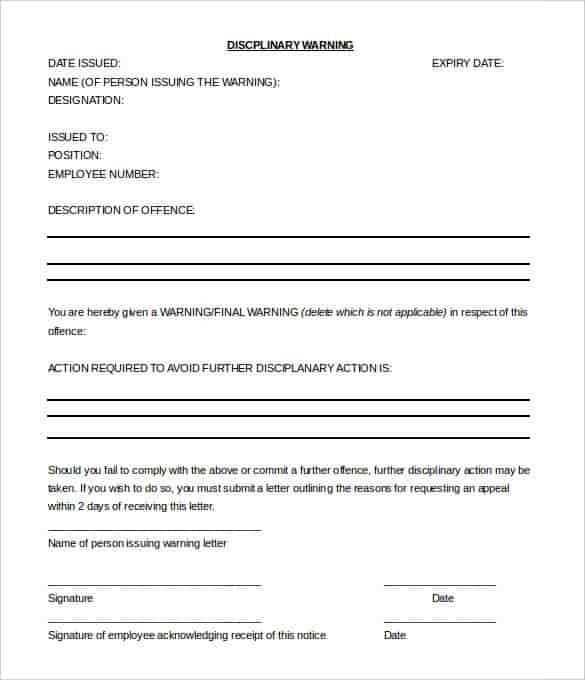
Begin your letter with a professional and respectful salutation. The choice of greeting sets the tone for the entire letter. Make sure it is directed to the right person, using their formal title (if applicable). If you’re unsure of the recipient’s title, use a neutral option such as “Dear [First Name] [Last Name].”
- Formal Salutation: Use “Dear Mr./Ms./Dr. [Last Name]” when addressing someone you know by their surname. This is the most appropriate choice in professional settings.
- If you don’t know the name: Use “Dear Sir/Madam” or “To Whom It May Concern.” These options work when the specific person is unknown or when you’re writing a letter to an organization.
- Check for proper spelling: Verify the spelling of the recipient’s name. An error can leave a poor impression.
- Avoid casual greetings: “Hello” or “Hi” should be avoided in formal letters, especially in serious matters like written warnings or appeals.
After the salutation, ensure you use the correct formatting for the rest of the letter:
- Spacing: Leave a single space between the salutation and the first paragraph. This maintains readability.
- Paragraphs: Use clear, concise paragraphs. Indent the first line or use a line break between paragraphs for a clean layout.
- Closing: End your letter with a formal closing, such as “Sincerely,” followed by your name. If you’re sending the letter on behalf of a company, include your title and company name beneath your signature.
Consistency and professionalism in your salutation and formatting reflect the seriousness of your appeal and contribute to its clarity.
Key Points to Include in the Opening Paragraph
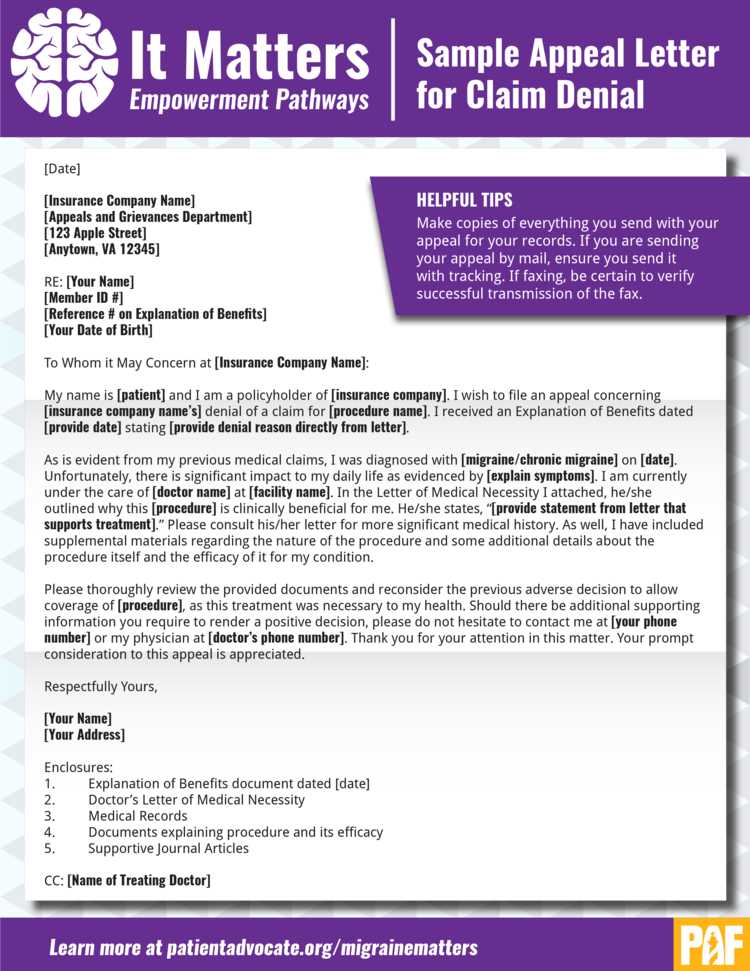
Begin with a direct statement that identifies the purpose of your appeal. Clearly acknowledge the written warning you are addressing. Make it clear that you understand the situation, but assert that you are appealing the decision or the circumstances surrounding it.
State the Issue Clearly
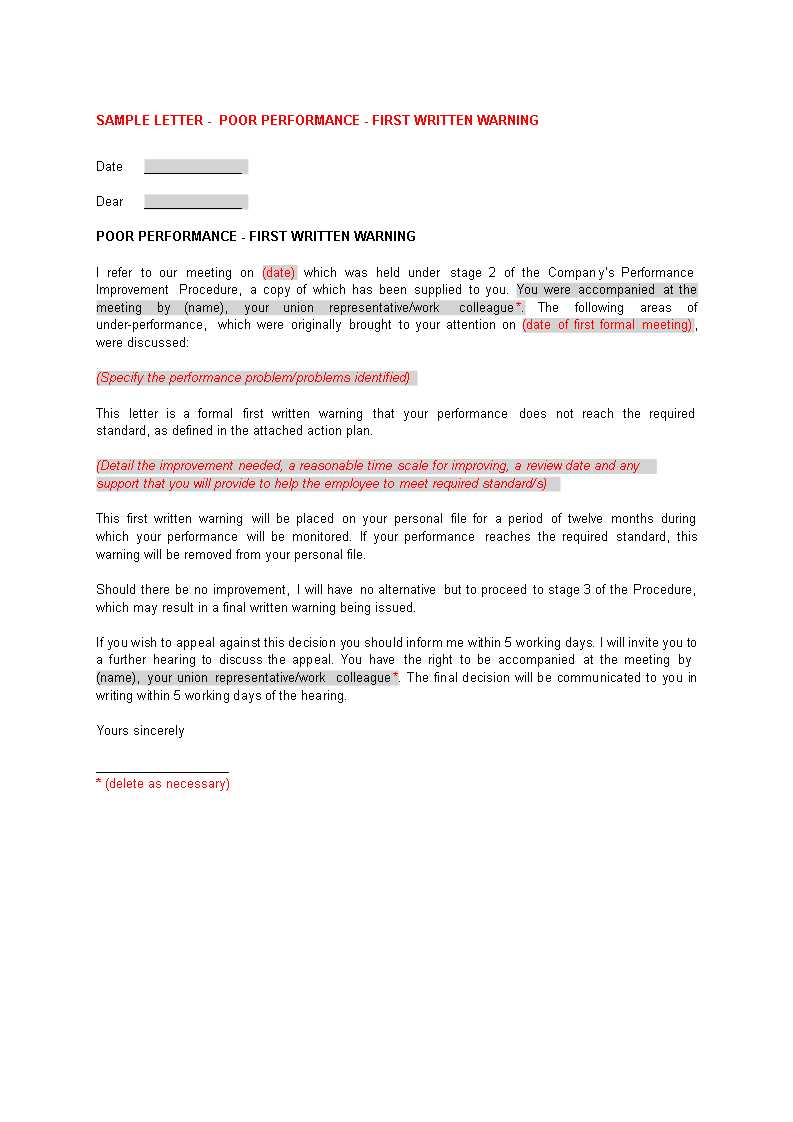
Include specific details about the warning, such as the date it was issued and the reason cited for the action. This helps establish the context for your appeal and shows you are responding thoughtfully.
Express Your Intentions
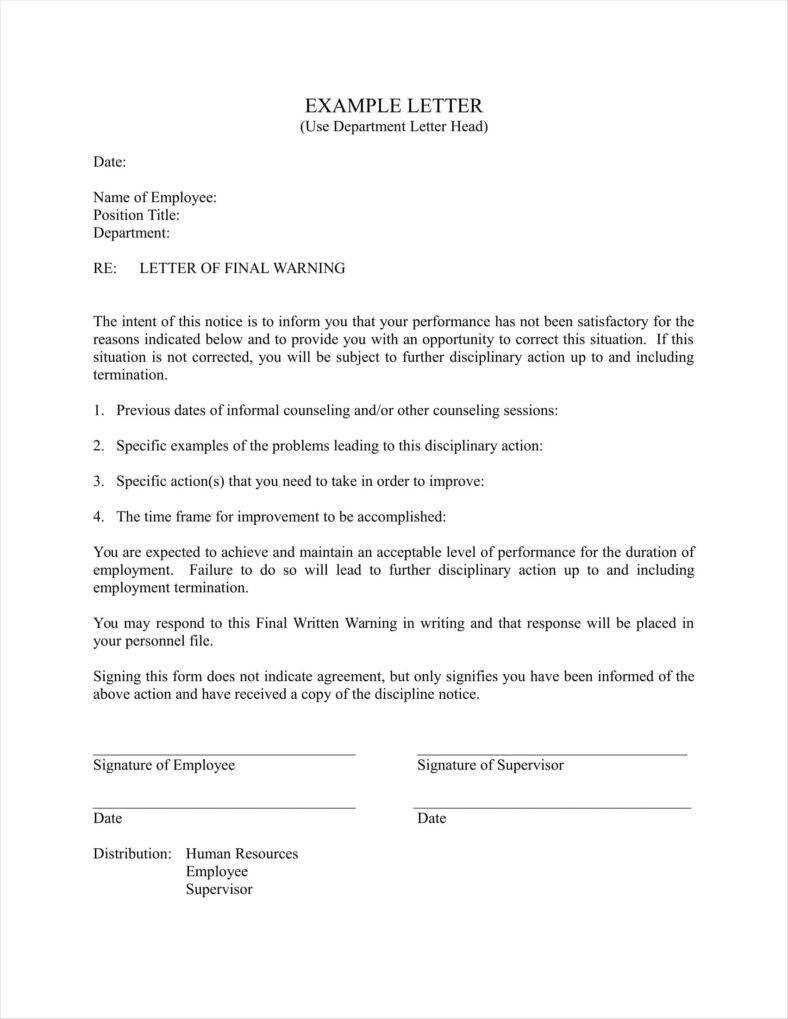
Be transparent about why you are appealing. Whether you believe the warning was issued unfairly or there are mitigating factors, briefly outline your reasons without getting into too much detail yet. You can provide more explanation later in the letter.
Strategies for Explaining the Reason for Your Appeal
Be clear and direct when outlining the reason for your appeal. Focus on presenting facts that support your position, avoiding emotional language or vague explanations. Your goal is to make a convincing case based on logic and evidence.
1. Address the Specific Incident
Begin by explaining the exact event or action that led to the written warning. Detail the situation without exaggeration, providing relevant dates and details that clarify your point of view. If there were misunderstandings or inaccuracies in the warning, clearly point them out with evidence.
2. Provide Context
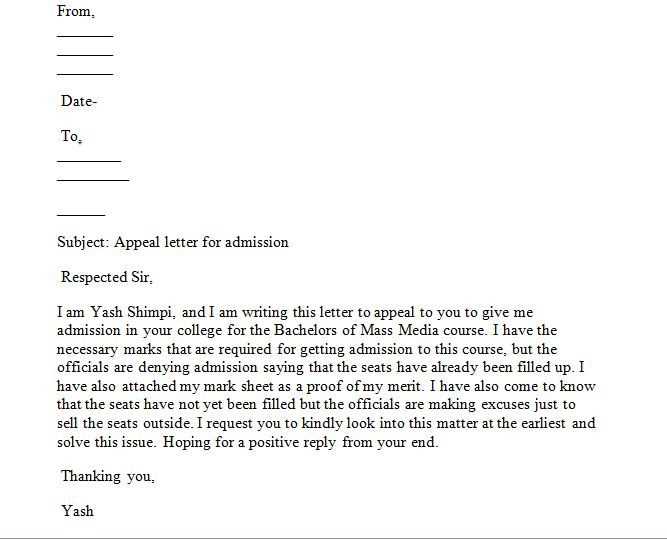
Offer any relevant context that might have contributed to the situation. Whether it’s external factors, personal challenges, or misunderstandings, explaining the broader context can help the reader see the situation more comprehensively. Keep this focused on facts and avoid shifting blame.
3. Acknowledge Responsibility, If Applicable
If you believe you made an error or contributed to the issue, briefly acknowledge it. Taking responsibility shows accountability and professionalism. However, also explain how the situation was misunderstood or how you have already taken corrective action.
4. Present Evidence and Support
- Provide any documentation, emails, or statements that support your side of the story.
- If possible, include witness statements or other evidence that can corroborate your version of events.
- Show any steps you’ve taken to prevent similar issues from happening in the future, such as training or process improvements.
5. Show Willingness to Collaborate
Express your willingness to work with management to resolve the situation. Highlight your commitment to improving and contributing positively to the organization. Suggest potential solutions that could prevent similar issues from arising.
How to Provide Supporting Evidence or Documents
Gather all relevant documents that directly relate to the issue addressed in the written warning. This could include emails, performance records, or any communications that show context or counterarguments. Ensure these documents are clear, well-organized, and easy to reference.
When submitting evidence, use a logical sequence. Label each document clearly, indicating its relevance to specific points in your appeal. For example, if you’re disputing a performance issue, provide recent performance reviews or records that demonstrate your actual performance over time.
If applicable, include witness statements or testimonies from colleagues who can support your version of events. These should be signed and dated for authenticity. Witnesses should be prepared to discuss their observations and provide factual information relevant to the case.
For documents such as emails or text messages, ensure that they are in their original format and include relevant dates and times. Avoid screenshots, as they may be questioned for accuracy or authenticity.
Make sure all evidence is directly related to the issue at hand. Avoid submitting irrelevant or excessive documents, as this can distract from your key points and potentially weaken your case.
How to Propose a Solution or Resolution
Present a clear and practical solution to the issue raised in the warning. Focus on actionable steps that can directly address the concern. Start by explaining what you intend to do differently moving forward, and back it up with specific changes or improvements. For example, if the warning was about lateness, propose a new system for managing time, such as setting reminders or adjusting your schedule.
Be specific about timelines. Outline when you will take action and how you will measure progress. If applicable, mention any resources or support you might need to ensure success. Show that you are committed to correcting the problem and actively working to prevent its recurrence.
In addition, express your willingness to collaborate on finding a mutually beneficial solution. This shows you are open to feedback and are prepared to adjust your approach if necessary. Proposing a follow-up meeting or check-in can also demonstrate your dedication to resolving the issue and improving your performance.
How to Close the Letter Professionally and Politely
Conclude your appeal letter with a tone that conveys respect and professionalism. A simple, clear statement expressing your desire for a fair review of the situation is effective. Acknowledge the recipient’s time and attention to your appeal.
For instance, you can use phrases like:
- “I appreciate your consideration of my appeal.”
- “Thank you for taking the time to review my concerns.”
In your closing paragraph, restate your main request briefly and politely. Ensure that your tone stays respectful and confident, without sounding demanding. It’s important to avoid any accusatory or confrontational language, as this may weaken your appeal.
Use a professional closing phrase, such as:
- “Sincerely,”
- “Kind regards,”
- “Best regards,”
These expressions leave a positive impression and reinforce your respect for the recipient’s decision-making process.